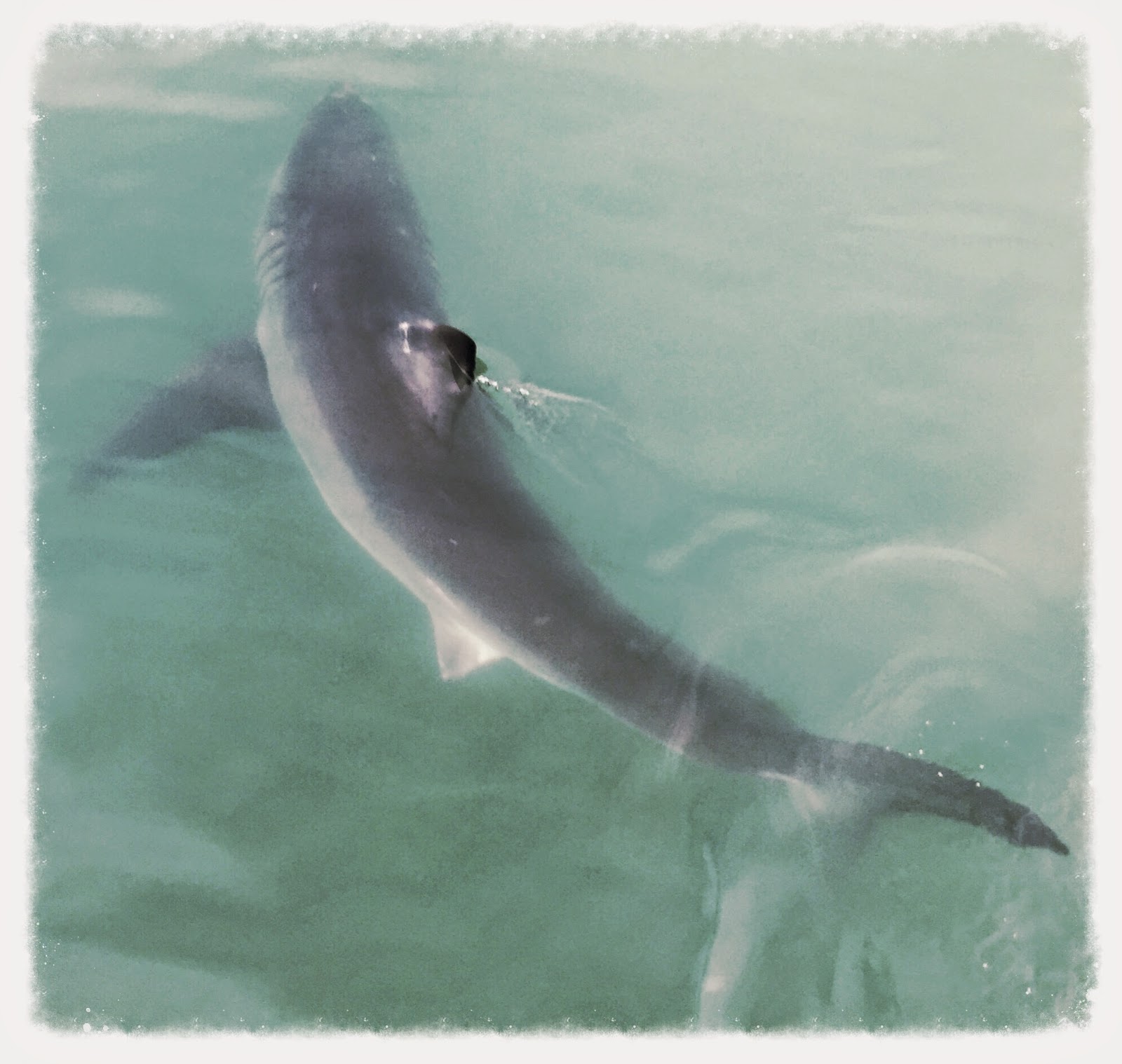Cape Town is the second-most populous city in South Africa. It is the legislative capital of the country. Located on the western cape of South Africa, is is famous for its natural harbors and mountains.
Table Mountain was recently named one of the New Seven Wonders of the World. Table Mountain consists of layers of Sandstone and Cape Granite. It was formed by volcanic and glacial action 520 million years ago. Table Mountain is at least 6 times older than the Himalayas, making it one of the oldest mountains in the world.
 |
| heading up to the top of the mountain via a cable car |
 |
| view of Cape Town looking down from the mountain |
Boulder Beach has become famous for its thriving colony of African Penguins. It is one of the few sites where this endangered bird can be observed at close range, wandering freely in a protected natural environment. From just two breeding pairs in 1982, the penguin colony has grown to about 2,200 in recent years.
Cape Point/Cape of Good Hope is the most south westerly tip of Africa. It marks the point where ships begin to travel more eastward than southward. The first modern rounding of the cape via a ship was in 1488, when Portuguese explorer Bartolomeu Dias sailed and established direct trade relations with the far east.
Shark cage diving is a popular, adventurous experience to do while visiting Cape Town. Travel a few hours outside of Cape Town and one can enter what is called the Great White Shark capital of the world. The Great White Shark is mainly known for its size. A mature shark can reach lengths up to 21 feet. Visitors of Shark Alley can be lowered into the ocean in a steal cage which. Once in the cage, divers can experience sharks swimming right next to the cage!










































